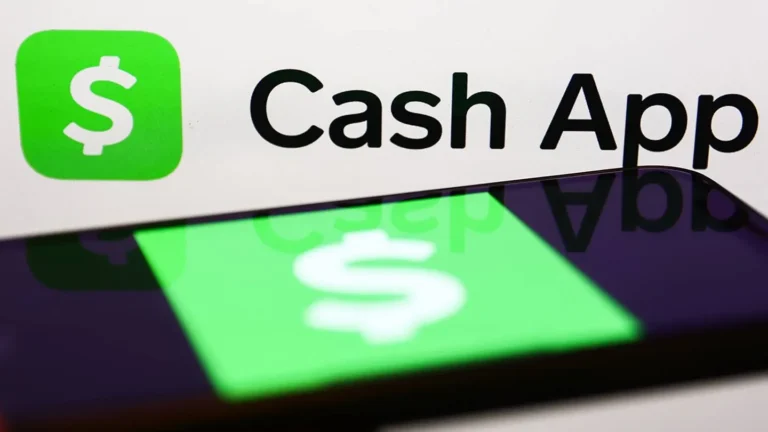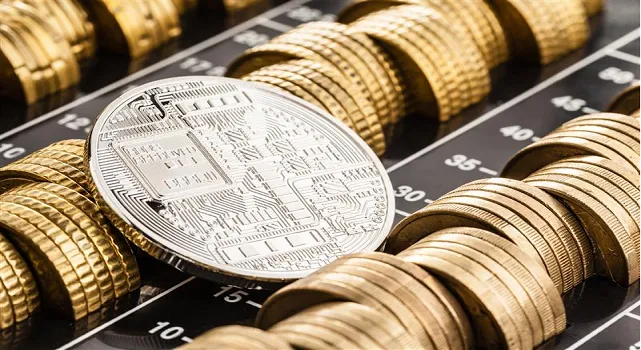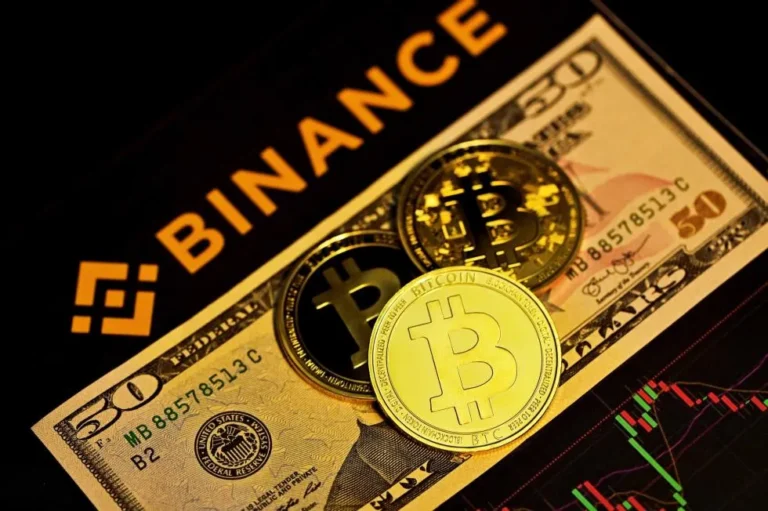What is Binance Smart Chain Bridge?
Learn how Binance Smart Chain Bridge can seamlessly and safely bridge the transfer of various assets between blockchains. Find out more about how it works, its place in DeFi, and why it’s a game-changer for crypto enthusiasts!
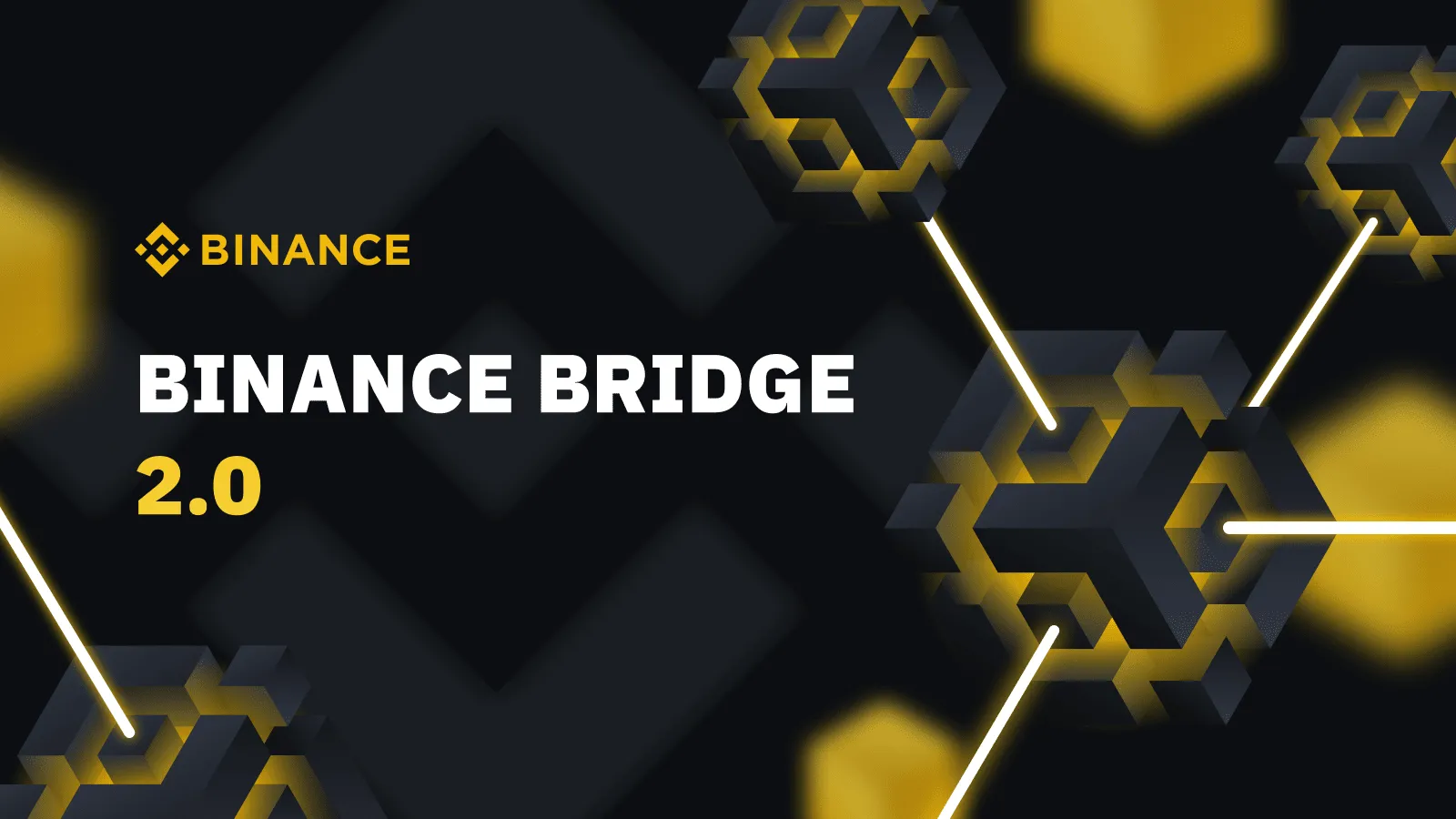
The broad and fast world of cryptocurrencies faces one challenge: blockchain users are used to isolated blockchain networks such as Ethereum and Binance Smart Chain. Think of each blockchain as another country that would have different rules, currency, and customs.
The problem arises when you want to utilize something from one blockchain on another, like bringing your Bitcoin into the Ethereum world of Apps, or trading your Ethereum tokens on the Binance Smart Chain.
That was not possible historically-these “countries” were separate from one another. That is where blockchain bridges, particularly the Binance Smart Chain Bridge, comes in, allowing assets and tokens to traverse between these two separate worlds.
A Binance Smart Chain Bridge has the ability to help users move their assets from BSC to other blockchain networks, such as Ethereum, Bitcoin, or anything else.
What is a Blockchain Bridge?
A blockchain bridge is a piece of technology that allows two blockchains to interact with each other. Consider any blockchain as a particular city.
Each blockchain has a set of service stations, a set of rules, and a set of utilities that exist in silo form, meaning whatever happens in Ethereum stays within Ethereum, and whatever happens on Binance Smart Chain stays there.
There is no natively integrated link between these two or, for that matter, any that allows no kind of cross-chain transaction without help. Suppose you have 1 Bitcoin that you want to utilize in a decentralized application that only accepts Ethereum.
Now, instead of selling your Bitcoin for Ethereum, this can be facilitated by a blockchain bridge, which is costly and not convenient.
That locks your Bitcoin on the Bitcoin blockchain and creates an equivalent representation-in this case a wrapped token-on the Ethereum blockchain, making it as if you own 1 “wrapped Bitcoin” in Ethereum’s world.
You didn’t actually move the Bitcoin, the bridge created a “mirror version” of your Bitcoin on the new blockchain.
This is the same principle for Binance Smart Chain and its “Binance Smart Chain Bridge.” It allows users to move their assets between Ethereum, Bitcoin, and Binance Smart Chain, so they can take the best from each blockchain without getting stuck on just one network.
How Binance Gets Involved
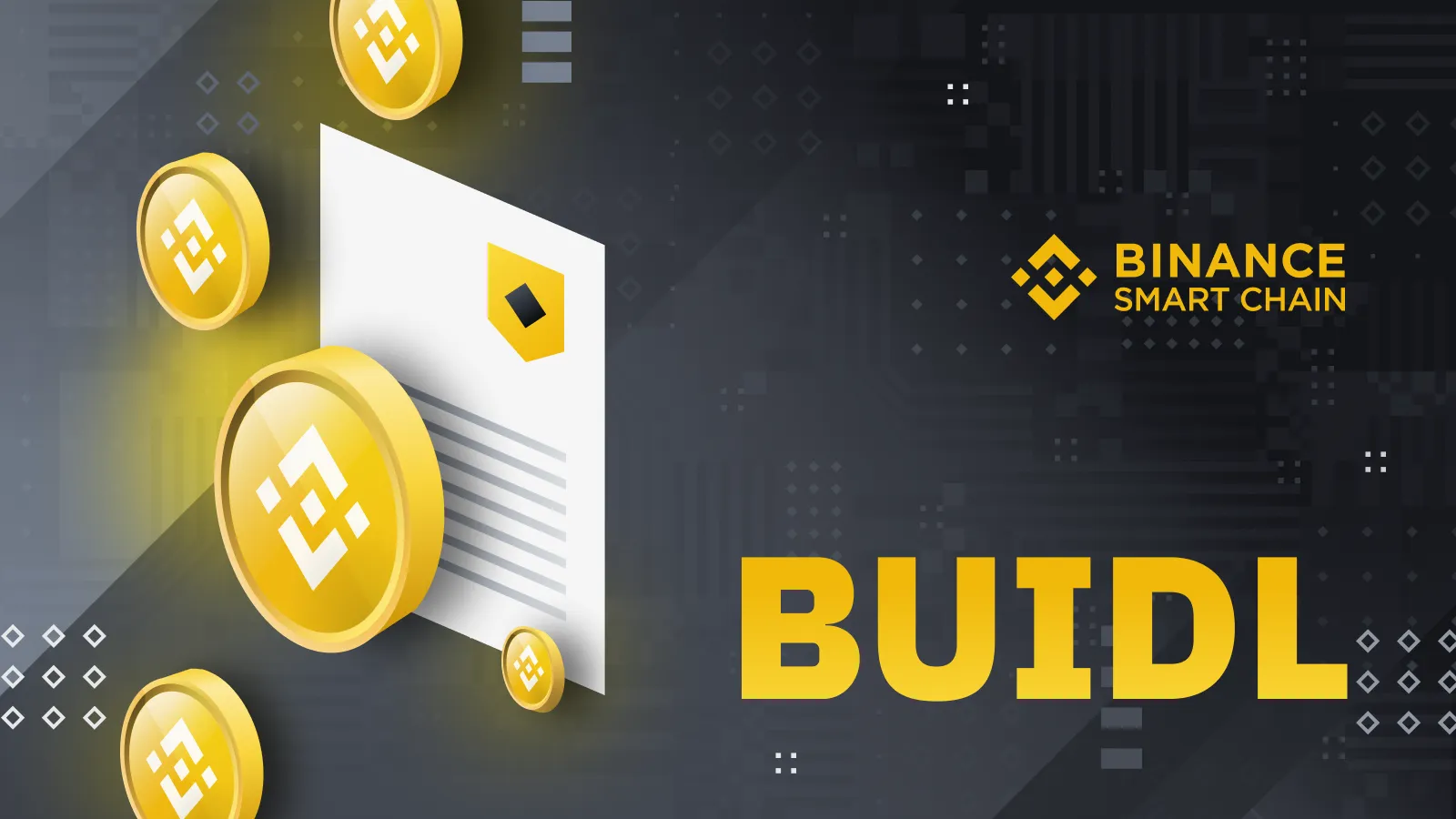
So, where does Binance come into this picture? Binance, one of the largest cryptocurrency exchanges in the world, understood very well that they needed a blockchain solution that was going to be much faster and affordable with better efficiency than what was being offered.
Ethereum, for instance, suffered from congestion and ridiculously high fees, and then binance stepped into this market by launching Binance Smart Chain (BSC) in 2020, running parallel to the blockchain that already existed with its existing Binance Chain.
It aimed at faster transactions and lower fees, but compatibility with the Ethereum blockchain was attained through the use of Ethereum Virtual Machine (EVM). That allowed BSC to support Ethereum-based dApps, but at a fraction of the cost and speed of Ethereum.
However, even with all its features fully deployed, Binance Smart Chain remained an island unto itself. This meant that transferring assets such as Ethereum-based tokens or Bitcoin onto the BSC platform was just something unimaginable for users.
The solution was to be called the Binance Smart Chain Bridge and was to be developed by Binance. It would allow users to move their assets across blockchains, making them cross-chain compatible-a highly demanded feature when it comes to modern DeFi solutions.
How Does the Binance Smart Chain Bridge Work?
At its core, the Binance Smart Chain Bridge locks up assets on one blockchain and then instantly creates a corresponding token on another.
This means that with 1 ETH on the Ethereum blockchain, if you want to use it on Binance Smart Chain’s network for lower fees, it is in this process that the bridge comes in by locking your 1 ETH in a smart contract on the Ethereum blockchain.
Then, it mints or lets out 1 “wrapped ETH” on the BSC, pegged in value to the original ETH, which is supposed to ensure that for each wrapped token created on a destination blockchain, there is an equivalent amount of real tokens locked on the source blockchain.
Once you want to “cross back,” the bridge burns the wrapped token on BSC and relays to release your original ETH from the smart contract on Ethereum.
It should, also, be noted that even though Binance is behind the operations of the bridge with BSC, the system still operates in a somewhat decentralized manner. This is because of the underlying smart contracts on the blockchain that execute upon predetermined conditions being fulfilled to ensure the security of the transaction and make it tamper-proof.
Binance Smart Chain Bridge Benefits
Using Binance’s bridge, users can transfer their assets between Bitcoin, Ethereum, and BSC-this enables them to use services and decentralized applications on each platform for a wider scope of leveraging and expanding their assets in DeFi.
Ethereum, on the other hand, is very powerful but infamous for its expensive gas fees, particularly when the network is congested. By bridging these assets across to Binance Smart Chain, users are able to utilize the much lower fees of BSC. This is especially appealing to those making use of DeFi platforms where small fees really add up.
Binance Smart Chain is much faster compared to Ethereum, so it is more suitable for time-sensitive applications like trading, staking, or yield farming. Transferring your assets to BSC via the bridge will give you faster transaction times.
Lastly, different blockchains house different dApps and platforms. Ethereum might have a particular DeFi service which is not replicated on Binance Smart Chain and vice versa.
Using the bridge opens you up to the best of both worlds since you can easily diversify your investments or try new services. Smart contracts are used in Binance Smart Chain Bridge to lock and mint tokens when users exchange between chains; this provides an additional layer of security and enhances clarity.
Bottom Line
Imagine, in a future world full of hustle, where everyone wants to cross from one island to another. Some are famous for their excellent markets, like Ethereum. Others are famous for their efficient ways of transportation, such as Binance Smart Chain.
It allows Binance not only to exchange but also to connect the ecosystems, meaning that in the future, decentralized finance is going to be more open, flexible, and available for people all around the world.
And others boast a financial history that goes back many years, like Bitcoin, so, you’d want to experience the best each island offers. But you will need a dependable bridge to get there.
The Binance Smart Chain Bridge is, well, just that-your smooth pathway across these islands, from old to new, from slow to fast, from expensive to economical.
Whether you’re a casual trader or a DeFi enthusiast, the Binance Smart Chain Bridge offers a seamless experience in getting the most out of your crypto journey.





